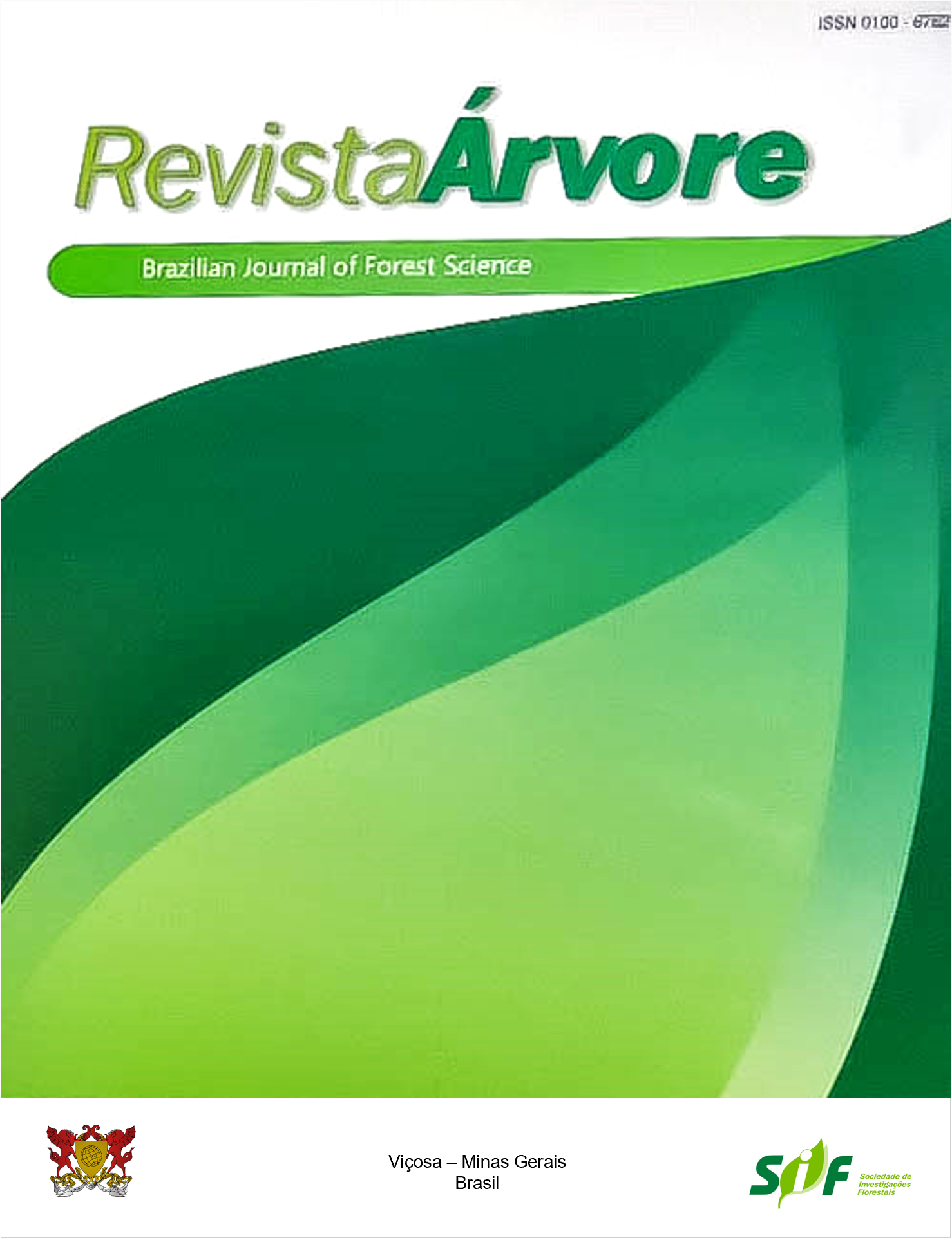POLYPHENOL CONTENT AND ANTIOXIDANT POTENTIAL OF Allophylus edulis (A. St.-Hil. et al.) Hieron. ex Niederl. AND Cupania vernalis Cambess. (SAPINDACEAE)
Keywords:
Free radical scavengers, Medicinal plants, PhytochemistryAbstract
Allophylus edulis and Cupania vernalis (Sapindaceae) are Brazilian native trees used as medicinal plants for the treatment of respiratory, digestive, circulatory, and skin diseases. Ubiquitously distributed in the Brazilian territory, these species are indicated for mixed plantations aimed at the recovery of degraded ecosystems. In this study, the total phenolic content (TPC) and total flavonoid content (TFC), and the antioxidant activity of extracts and fractions obtained from A. edulis and C. vernalis leaves were assessed. The TPC and TFC was determined spectrophotometrically. Antioxidant activity was evaluated through radical scavenging activity of 2,2-diphenyl-1-picrylhydrazyl (DPPH). The extracts were obtained by two methods: maceration (method 1) and Soxhlet (method 2). Solvents of increasing polarity (hexane, dichloromethane, ethyl acetate, and n-butanol) were used to obtained the fractions. The results showed that the ethyl acetate fraction from A. edulis, obtained from the maceration method, had the highest TPC (442.0 ± 18.2 mg GAE g-1) and TFC (58.1 ± 0.4 mg RUE g-1), and antioxidant activity (EC50 = 43.6 ± 2.6 µg mL-1). By C. vernalis, superior results were obtained with the n-butanol fraction (TPC = 126.1 ± 5.8 mg GAE g-1, TFC = 37.7 ± 0.6 mg RUE g-1). The highest antioxidant potential was found in the crude hydroalcoholic extract (EC50 = 816.1 ± 50.9 µg mL-1) and butanol fraction (1,156.4 ± 3.8 µg mL-1). The results of this study show that the fractions obtained by maceration and liquid-liquid partition with more polar solvents (ethyl acetate and n-butanol) are the richest in TPC and TFC, and presented the greater antioxidant activity. Comparing the two plants, A. edulis showed the best results, with a high content of TPC, TFC, and antioxidant potential, and therefore may be used to treat diseases related to oxidative stress.
Keywords: Free radical scavengers; Medicinal plants; Phytochemistry
Downloads
Published
How to Cite
Issue
Section
License
Copyright (c) 2021 Revista Árvore

This work is licensed under a Creative Commons Attribution 4.0 International License.
All authors agreed to submit the work to Revista Árvore and granted the exclusive license to publish the article. The authors affirm that it is an original work and has not been previously published elsewhere. The scientific content and opinions expressed in the article are the sole responsibility of the authors and reflect their opinions, not necessarily representing the opinions of the editorial board of Revista Árvore or of the Society of Forest Investigations (SIF).




